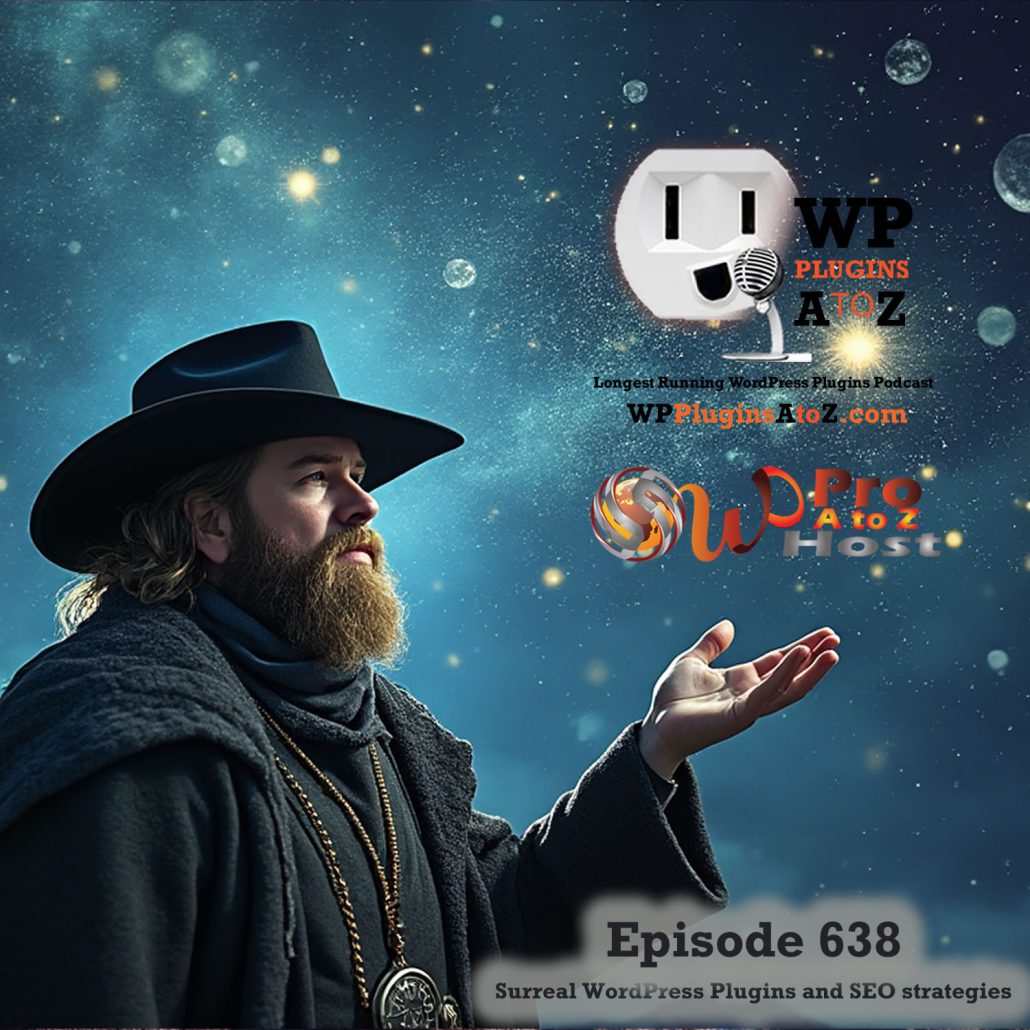By: Jude Wright
You want to make money with affiliate programs. What is the main thing that you need? A list. And how do you get that list? You must have a website.
Many new affiliate marketers just promote the link that the affiliate program gives them. They may be making some money, but the truth is that customers rarely puchase the first time that they see a product. Now, ask yourself what happens if they decide to buy that product later. You lose your commission!
If you have your own website, you can capture those prospective customers' name and email address and “remind” them about the product that they were interested in.
Many of the successful affiliate marketers only have what is called a “squeeze” page or a landing page. They give out a free report or ebook to get people to subscribe to their list.
My approach is a bit different. I feel that people are visiting my websites because they want information. So, I do my best to give them that information. Sure, I have a newsletter subscription box on my site, but I am having more success with providing the information that people are looking for.
You don't absolutely HAVE to have a content site to have an affiliate website. There are different types of sites that can direct traffic to your affiliate merchant.
- Price comparison sites. These sites are mostly dominated by the big corporations like Shopzilla so it is more difficult for an affiliate marketer to make any money with comparison sites. It is possible to have a product feed to take care of some of the technical aspects, but it's still difficult.
- Product review sites. Product review sites are becoming more and more popular. Pick products that match your content topic.
- “Mini” sites. These sites (as I mentioned before) that normally just have an optin page to gather the names and emails of prospects. Then, you create an autoresponder series to introduce these people to your affiliate products. Your messages are NOT sales letters. They are based on the good, quality information that they are looking for.
- And, of course, the plain old content site. Although, these days, content sites don't have to be all that plain. Content can be defined as words, videos, audio and multimedia. The possibilities are endless.
Now that you know that you need a website, how do you go about getting one? Let's take a look:
- Hire someone to create a beautiful site for you. This can run into big money. You CAN get a reasonably priced web designer if you do your research. If you do decide to go this way, be sure that you ask for references (yes, just like in the offline world), and check them out.
- Blogging. I love blog sites because the search engines love them AND because they are “easy peasy.” The two top choices for creating a blog are WordPress and Blogger.com (http://blogger.com). WordPress is free from http://wordpress.org. It can be installed with just a few clicks from your web hosting control panel (provided you have cpanel type hosting.) Blogger.com is an online service provided by Google. I prefer WordPress because Google has a habit of deleting blogs without notice for reasons that are known only to them. Have you heard the funny story about when Google deleted their own blog?
- Design Dashboard, by Marlon Sanders: Point and click your way to a beautifully designed website. I have used this and so I know that this learn and you do system is terrific to those who have never created a website.
- XSite Pro. I use this for the majority of my websites. XSite Pro is extremely easy for the newbie to use so that they don't have to have a website designer create a site for them. Just point, click and type. It has a built in template system plus third-party templates are available everywhere these days.
- Microsoft FrontPage or Dreamweaver. This software is a little more difficult to learn, but I did it – so you can do it if you want!
- Nvu. (http://nvu.com). A free HTML editor that is pretty easy to learn. The best part? I'll repeat: FREE.
- SiteBuildIt is the only all-in-one site-building, site-hosting, AND site-marketing system of software tools for affiliate marketers.
- Squidoo. You can create a squidoo lens with articles that will promote your affiliate product. I would still recommend that you have your own domain name and website.
Also remember that you don't have to promote products that are in the internet marketing arena. Think about your hobbies, interests and talents. You might just come up with a niche that is very profitable.
Stick to affiliate products that fit your niche. People are not looking for gambling products on a fashion site! Yes, there are millions of people on the ‘Net but they are looking for something specific. Give it to them.
Your affiliate website is your most important asset because it is where people come up to sign up for your newsletter. You've heard it before: the money is in the list. So, give your website a clean, professional look as well as providing the information that visitors are looking for.
Author Resource:-> Jude Wright is the owner of AboutAffiliateMarketing.com. Subscribe to her newsletter, About Affiliates Ezine, and receive a valuable membership to her eBook Library.
Article From ArticleshmArticle.com



